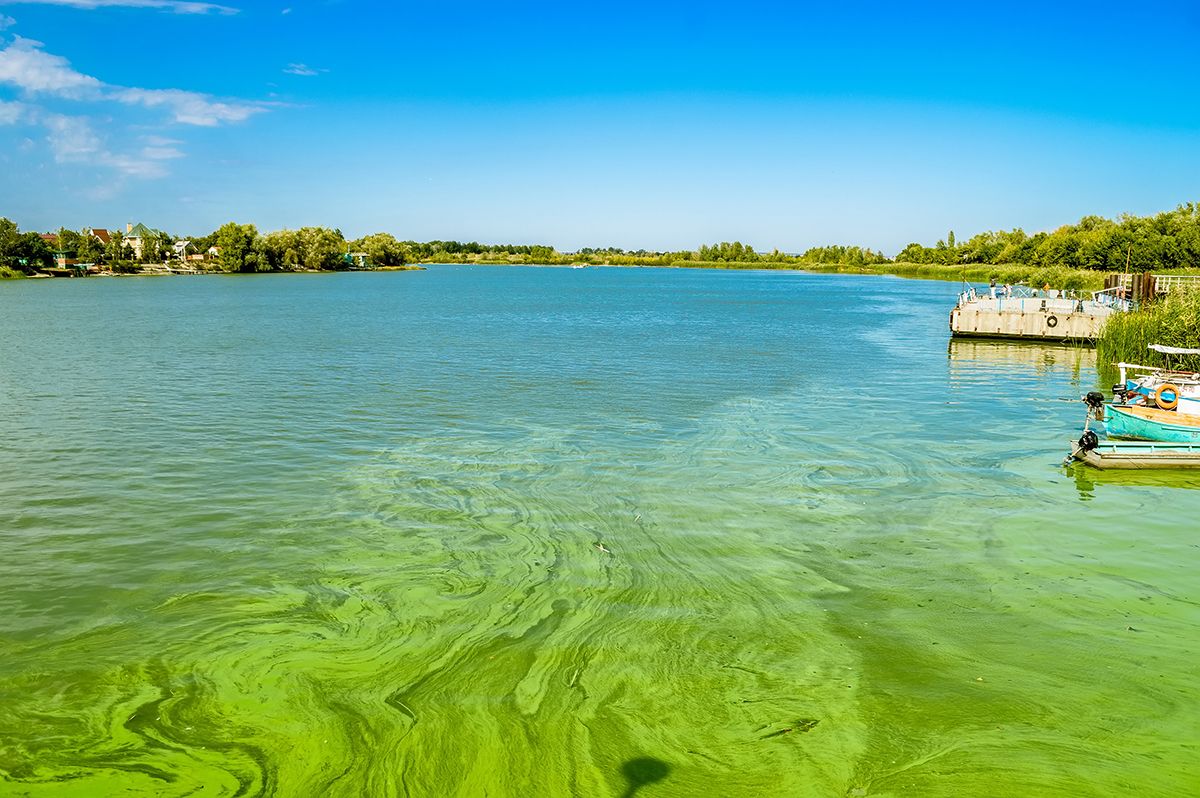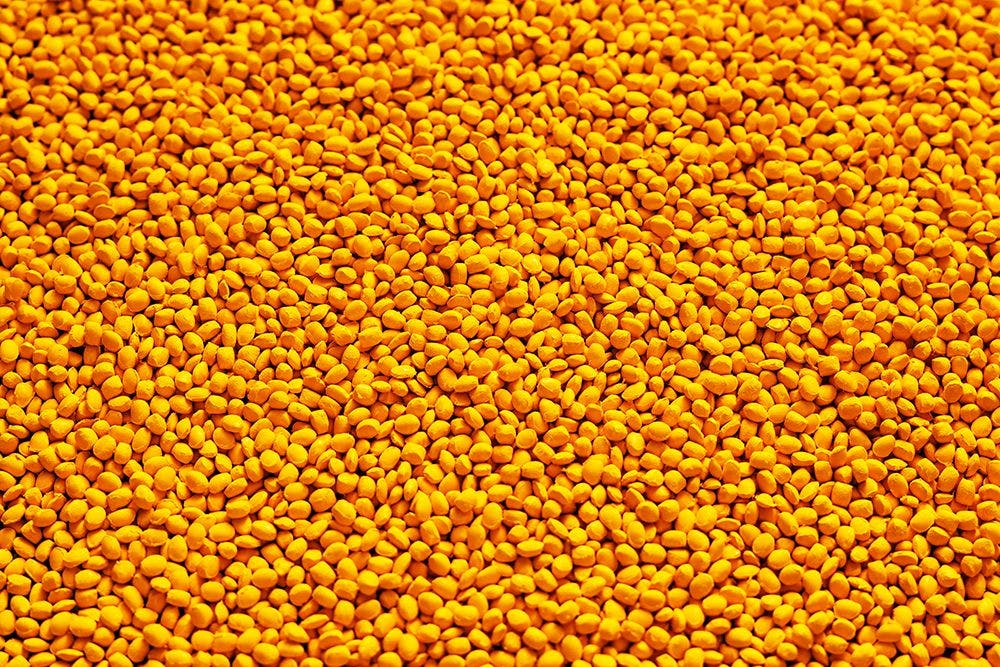Identifying Algal Bloom Toxins Using LC–HRMS
Researchers from Baylor University have identified the toxins responsible for fish deaths in Prymnesium parvum algal blooms using liquid chromatography–high resolution mass spectrometry (LC–HRMS).
Photo Credit: greentellect/stock.adobe.com

Harmful algal blooms (HABs) represent a worldwide threat affects water supplies, local economies, public health, and ecosystems. These blooms are capable of affecting all bodies of water from coastal waters and estuaries to inland freshwater bodies, with the latter continuing to increase in frequency as environmental conditions and atmospheric temperatures become more accommodating. Once present in an inland freshwater body, the HABs produce and release harmful secondary metabolites including some toxins which can be fatal for wildlife, domestic animals, and humans.
Human exposure can occur in many ways from dermal exposure during recreational swimming, ingestion of the water and/or of contaminated seafood, or even inhalation through aerosols leading to a wide array of potential health complications. Current tactics to minimize human exposure can vary greatly but if programmes do exist they routinely measure total biomass or species composition which may not give an accurate representation of the toxin production, and therefore more sophisticated surveillance systems which examine toxins are required.
Prymnesium parvum is a well-documented example of an algal bloom species with notable large-scale fish kills occurring as far back as 1985, with a subsequent event in 2001 receiving widespread attention. However, the toxins responsible for the observed effects on aquatic life have remained elusive, highlighting the difficulties in identifying novel toxins and the need for improved surveillance systems for algal blooms. Furthermore, the conditions which elicit the toxin production have also remained unknown.
To address this knowledge gap, researchers utilised a top-down approach using LC–HRMS and specialized software to identify and examine the conditions necessary for P. parvum toxin proliferation. The results indicated that higher salinity conditions promoted greater fish mortality for P. parvum and confirmed the presence of several prymnesins which were significantly related to the acute toxicity of P. parvum. A number of other molecules were also found in the analyzed cultures which showed acute toxicity with researchers suggesting future work is required to further investigate these potential toxins and assess their contribution to the toxicity of P. parvum algal blooms.
Furthermore, given these results, researchers believe that the production of a quick and easy prymnesin screening method could be useful for water quality assessors when investigating HAB threats.
References
- R.B. Taylor et al., Sci. Total Environ. 715, 136835 (2020).

Regulatory Deadlines and Supply Chain Challenges Take Center Stage in Nitrosamine Discussion
April 10th 2025During an LCGC International peer exchange, Aloka Srinivasan, Mayank Bhanti, and Amber Burch discussed the regulatory deadlines and supply chain challenges that come with nitrosamine analysis.














